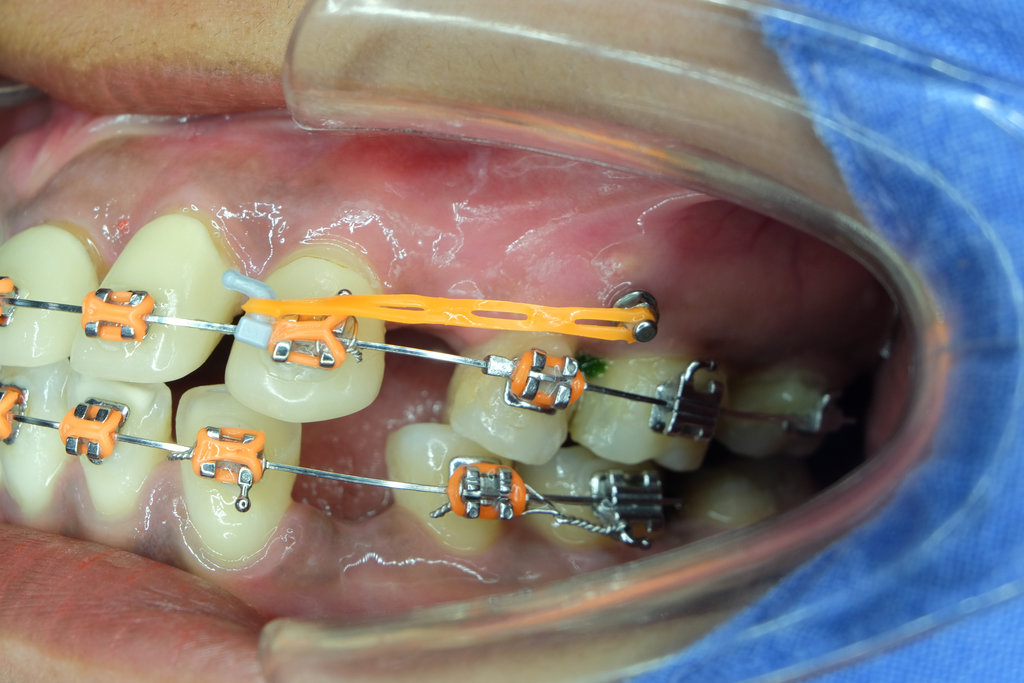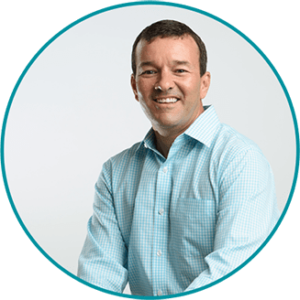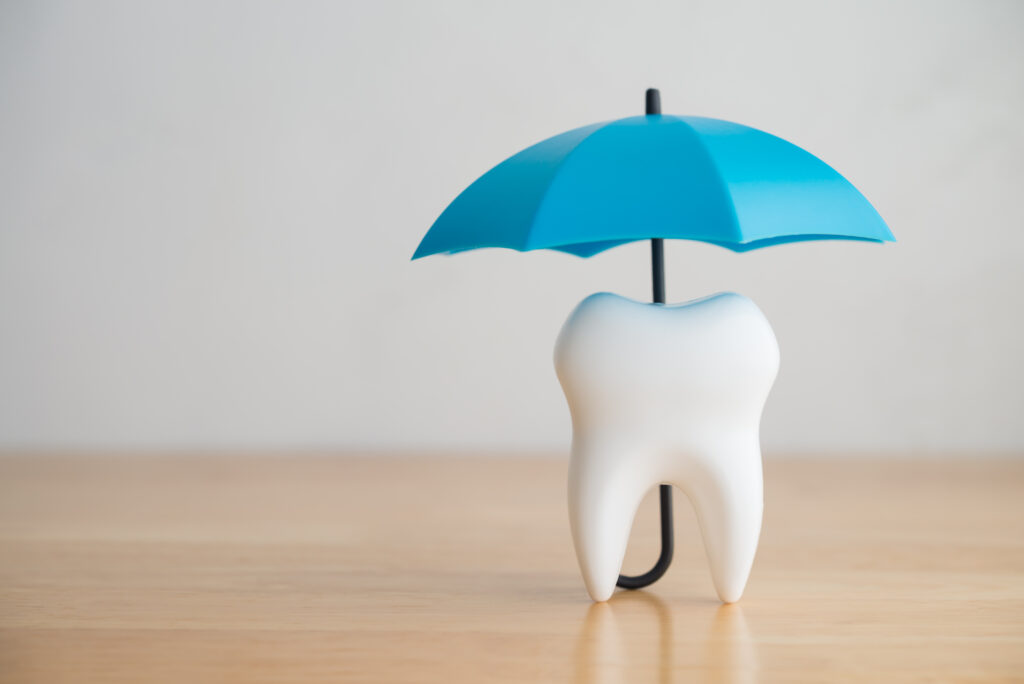Moving teeth into their ideal positions sometimes requires more than traditional braces can provide alone. When complex orthodontic cases demand precise control and optimal results, temporary anchorage devices offer an innovative solution that transforms challenging treatments into predictable successes. These small titanium implants serve as stable anchor points, allowing orthodontists to move teeth in ways that were once considered impossible or extremely difficult.
At Lazzara Orthodontics, Dr. John Lazzara and Dr. Amy Poblenz utilize temporary anchorage devices to address the most complex orthodontic challenges with precision and confidence. As board-certified orthodontists with extensive training in advanced techniques, they understand when TADs can make the difference between good results and exceptional outcomes. Their expertise ensures that patients receive the most appropriate treatment approach for their unique orthodontic needs.
Understanding Temporary Anchorage Devices
Temporary anchorage devices are small titanium screws, typically measuring between 6 and 12 millimeters in length, that are temporarily placed in specific areas of the jawbone. Unlike traditional orthodontic anchors that rely on other teeth for support, TADs provide an independent, immovable reference point from which orthodontists can apply controlled forces to move teeth. This independence eliminates the unwanted side effects that can occur when using teeth as anchors, such as unwanted tooth movement in areas where stability is crucial.
The placement procedure is surprisingly straightforward and comfortable for patients. Using local anesthesia, the orthodontist carefully positions the TAD in the optimal location based on detailed treatment planning. The procedure typically takes only a few minutes per device, and most patients report minimal discomfort during and after placement. Once integrated with the surrounding bone tissue, TADs can immediately begin serving their anchoring function.
Clinical Applications and Benefits
TADs excel in situations where conventional orthodontic mechanics fall short. One of their most valuable applications involves the intrusion of overerupted teeth, particularly in cases where teeth have moved beyond their normal position due to the loss of adjacent teeth. Rather than attempting to push these teeth back into position using neighboring teeth as anchors, TADs provide the stable platform needed for predictable intrusion without affecting surrounding teeth.
Space closure represents another area where TADs demonstrate exceptional value. When patients have missing teeth and gaps need to be closed, traditional methods often result in unwanted tilting or movement of anchor teeth. With TADs providing stable anchorage, orthodontists can move teeth into extraction spaces or close gaps with precise control over the direction and amount of movement.
Molar uprighting becomes significantly more manageable with TAD assistance. When back teeth tip forward due to the early loss of adjacent teeth, conventionally uprighting them can be challenging and time-consuming. TADs allow for efficient uprighting without the complex mechanics traditionally required, often reducing treatment time and improving patient comfort.
Treatment Planning and Patient Selection
Success with temporary anchorage devices begins with careful treatment planning and appropriate patient selection. During the initial consultation, orthodontists evaluate bone quality, root positions, and anatomical structures to determine optimal TAD placement locations. Digital imaging and treatment planning software help visualize the proposed TAD positions and predict treatment outcomes before beginning therapy.
Patient factors also influence TAD success rates. The American Association of Orthodontics recommends that patients maintain excellent oral hygiene throughout orthodontic treatment, and this becomes even more critical when TADs are involved. Patients must demonstrate the ability and commitment to keep the areas around TADs clean to prevent complications and ensure the successful integration of the device.
Age considerations play a role in TAD planning, though these devices can be successfully used in both adolescent and adult patients. Adult patients often have denser bones that provide excellent TAD stability, while younger patients may require special consideration of growth patterns and developing tooth roots when determining placement locations.
The TAD Experience: What Patients Can Expect
Most patients find the TAD placement process much more comfortable than anticipated. The procedure begins with thorough numbing of the placement area, ensuring patients feel no discomfort during insertion. The actual placement takes only minutes, and patients can typically return to normal activities immediately following the appointment.
Post-placement care focuses on maintaining cleanliness around the TAD site. Patients receive detailed instructions on proper cleaning techniques, including gentle brushing around the device and using prescribed rinses if recommended. Unlike traditional dental implants, TADs are designed for temporary use and do not require the extended healing period associated with permanent implants.
Regular monitoring appointments allow the orthodontist to check TAD stability and adjust treatment mechanics as needed. Throughout treatment, patients often notice more predictable tooth movement and fewer unexpected side effects compared to conventional orthodontic approaches. This improved predictability frequently translates to shorter treatment times and better final results.
Advanced Orthodontic Care You Can Trust
Temporary anchorage devices represent just one example of how modern orthodontic techniques continue to evolve and improve patient outcomes. When complex cases require advanced solutions, having experienced orthodontists who understand these sophisticated techniques makes all the difference in achieving optimal results.
Dr. Lazzara and Dr. Poblenz bring decades of combined experience in advanced orthodontic techniques to every case they treat. Their commitment to continuing education and staying current with the latest developments in orthodontic technology ensures that patients receive the most effective treatment approaches available. Whether your case requires traditional braces, clear aligners, or advanced techniques like temporary anchorage devices, you can trust their expertise to guide you toward the best possible outcome. To learn more about how TADs might benefit your orthodontic treatment, contact our Jacksonville Beach or Ponte Vedra office at (904) 270-8750 to schedule your consultation.









